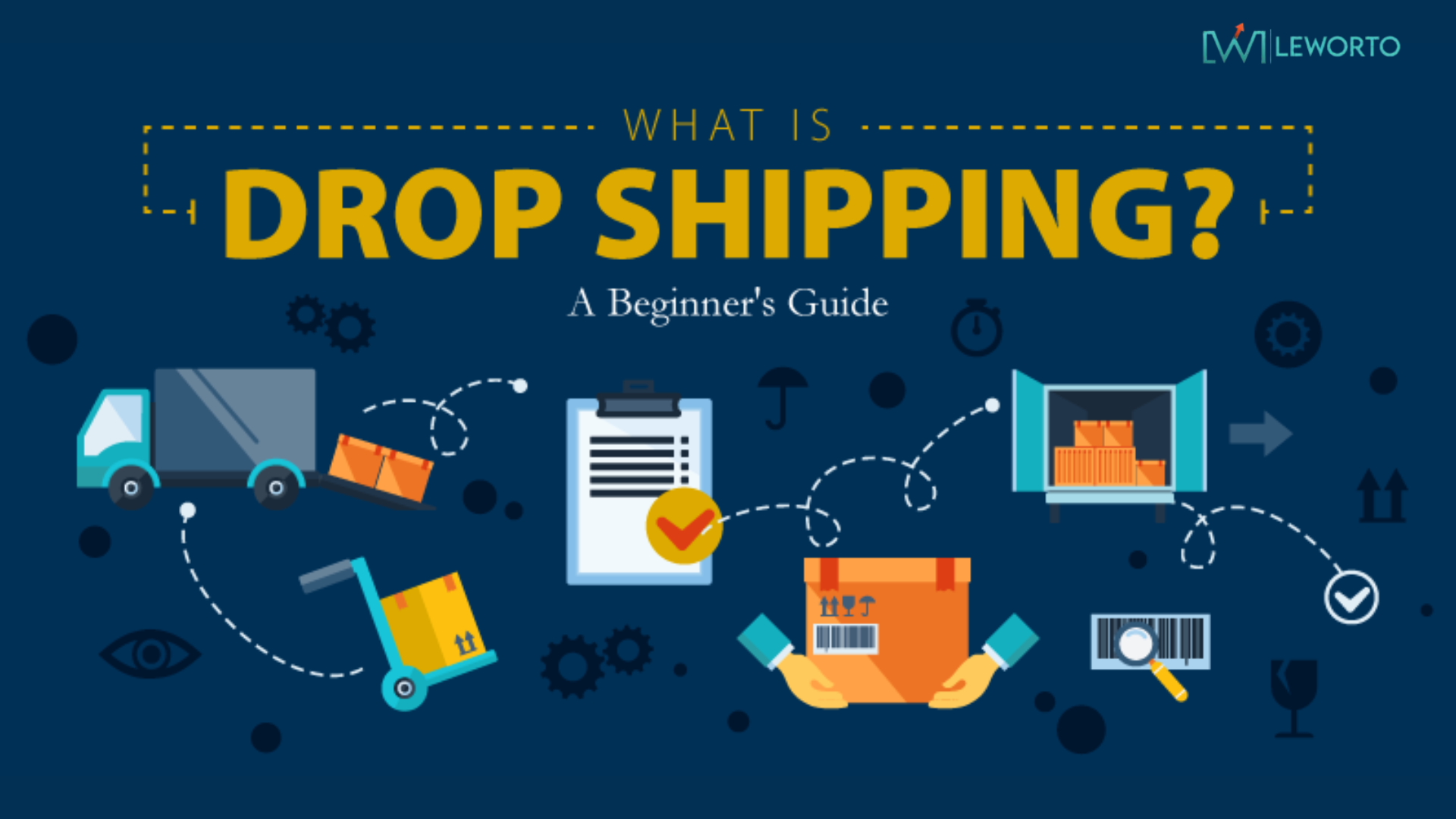
Dropshipping is one of the easiest ways to start an online business with little capital, no inventory, and minimal risk. This guide walks you through everything you need to know to launch your own dropshipping store—step by step.
Step 1: Choose a Profitable Niche
Picking the right niche is critical for your success. You want to sell products that people are already looking for, but not in a space that’s overcrowded with competition.
Tips to choose a winning niche:
- Focus on a specific audience (pet owners, travelers, fitness lovers, etc.)
- Choose products that solve a problem or trigger emotion
- Make sure the niche has enough demand using tools like Google Trends or TikTok search
- Aim for products with a healthy profit margin (typically $20–$200 retail)
Examples of trending niches:
- Eco-friendly household goods
- Home fitness gear
- Pet accessories
- Phone and tech gadgets
- Desk and remote work essentials
Step 2: Find a Reliable Supplier
You don’t hold inventory with dropshipping. Instead, you partner with a supplier who fulfills orders on your behalf. Choosing a good supplier ensures your customers get their products quickly and as described.
Popular platforms to find suppliers:
- AliExpress – vast selection, great for testing
- DSers – integrates with AliExpress, useful for automation
- CJ Dropshipping – better branding and packaging options
- Zendrop – US/EU-based fulfillment for faster shipping
- Spocket – focus on higher-quality products from US and EU suppliers
Before fully committing:
- Order a sample product
- Test shipping times
- Ask about return policies and tracking info
- Communicate clearly with your supplier
Step 3: Build Your Online Store
You’ll need an ecommerce platform to showcase your products and process payments. Most dropshippers use Shopify due to its ease of use and dropshipping-friendly tools.
How to set up your store:
- Sign up for Shopify (free trial available)
- Pick a clean, responsive theme
- Add a custom domain (e.g., www.yourbrand.com)
- Install dropshipping apps (like DSers or CJ)
- Import products and customize descriptions
- Set up payment gateways (Stripe, PayPal, etc.)
- Add legal pages (Refund Policy, Privacy Policy, Terms of Service)
Make your site look trustworthy—use high-quality images, testimonials (if possible), and a clear brand voice.
Step 4: Optimize Your Product Pages
Product pages play a huge role in turning visitors into customers.
A good product page includes:
- Clear, benefit-driven product title
- Engaging product description focused on how it helps the buyer
- Clean formatting with bullet points
- High-quality images and (if possible) videos
- Trust badges and reviews
- Clear “Add to Cart” button
Avoid copying and pasting supplier descriptions. Write your own content tailored to your target audience.
Step 5: Launch and Market Your Store
With your store ready, it’s time to drive traffic and start getting sales. There are free and paid ways to market your store.
Paid traffic strategies:
- Facebook & Instagram Ads – great for visual products
- TikTok Ads – ideal for trending or impulse buys
- Google Shopping Ads – works well for high-intent buyers
Free/organic methods:
- Create viral product videos on TikTok
- Use Pinterest to drive traffic to specific products
- Partner with micro-influencers for product shoutouts
- Write blog content for SEO
Start small, test everything, and double down on what works.
Step 6: Track Performance and Optimize
Use tools like Google Analytics, Shopify Reports, and Meta Ads Manager to monitor key metrics.
Metrics to watch:
- Conversion rate
- Cost per click (CPC)
- Return on ad spend (ROAS)
- Average order value (AOV)
- Bounce rate
Run A/B tests on ads, product titles, pricing, and images to improve results. Don’t be afraid to pause unprofitable products and try new ones.
Final Thoughts
Dropshipping is beginner-friendly, but it’s not a get-rich-quick scheme. It takes smart product selection, testing, and consistent marketing. The good news? Once you find a winning product and build a strong brand, you can scale fast.
Recap of Action Steps:
- Pick a niche you’re passionate about
- Find a reliable supplier
- Build a branded Shopify store
- Add high-converting product pages
- Launch marketing campaigns
- Optimize using data and feedback
Ready to start your dropshipping journey?
Take the first step today by researching niches and testing out your store setup.